The launch of 7-Eleven's first branded energy drink, Fusion, is a huge milestone for the convenience store giant – and for anyone who wants to level up their caffeinated beverage consumption. As a cornerstone of the convenience retail sector, it would be easy for 7-Eleven to get stuck in its traditional business model, selling popular energy drinks like GHOST and Celsius that they know will satisfy customers.
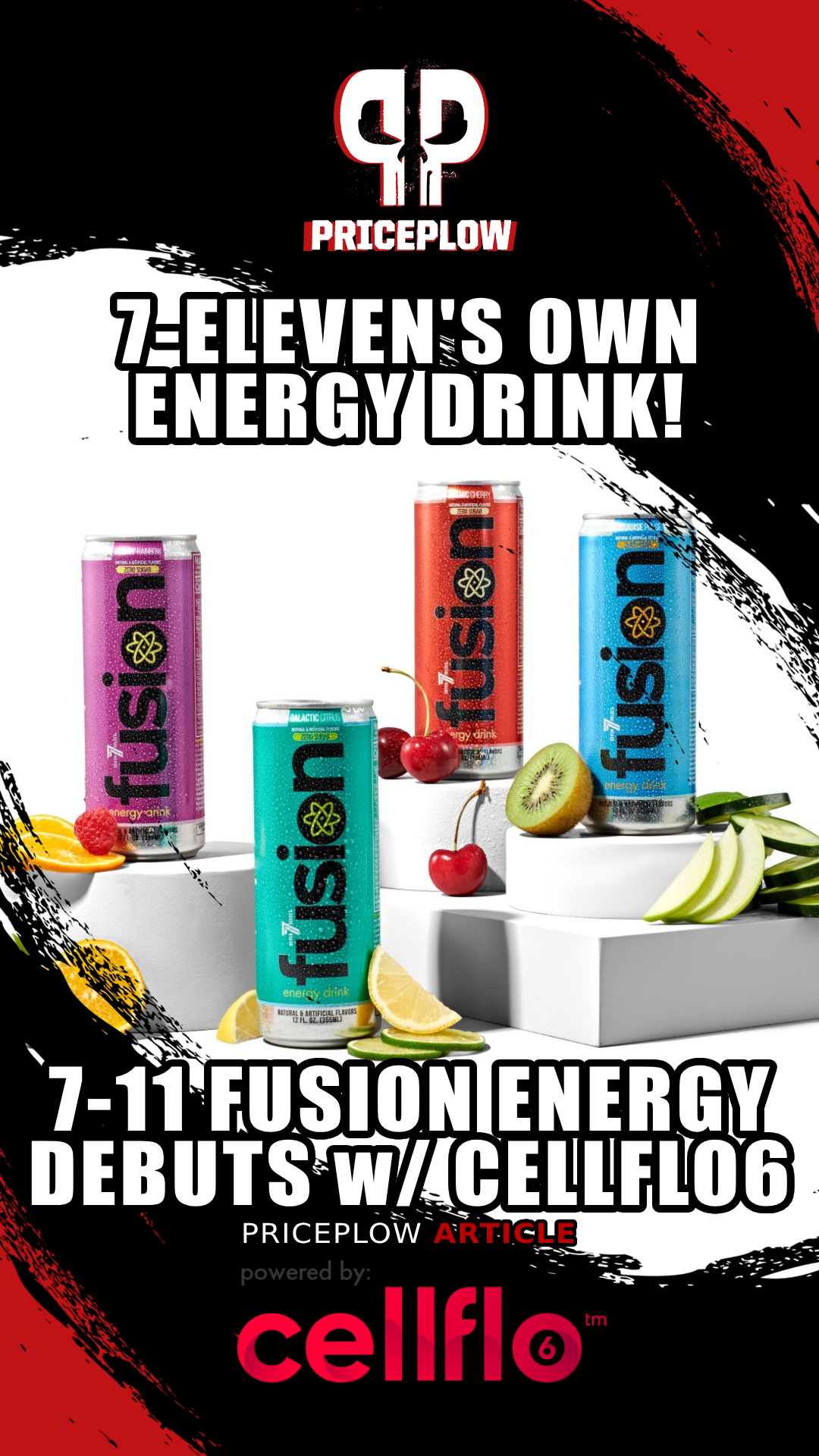
7-Eleven's Fusion Energy Drink, part of their 7-Select lineup, represents a massive shake-up in the convience store industry, with a packed label featuring patented CellFlo6 green tea extract and 200 milligrams of caffeine from two sources.
Not so. With the Fusion launch, 7-Eleven makes its first foray into the hyper-competitive energy drink market – and as you'll see, they've come up with an incredible formula loaded with novel, patented ingredients that bring greater utility than your average energy drink. For example, this is the first energy drink to contain CellFlo6, a patented green tea extract we've been tracking for years.
Besides CellFlo6, Fusion has 200 milligrams of caffeine from two sources. Before diving in, let's talk about how we got here, and why this formula is so special:
Fusion: The Next-Gen Energy Drink, Made by 7-Eleven!
The evolution of energy drinks over the past few decades has been incredible to witness.
Initially, these beverages were basically caffeine-heavy sodas designed to deliver a quick jolt of energy, and not much more. The landscape shifted dramatically when Red Bull launched their flagship beverage containing taurine, an amino acid that supports cognitive health, hydration, and more (taurine is also part of the Fusion formula). This introduced the mass consumer market to functional, science-backed supplement ingredients in energy drinks, supporting both cognitive and physical performance while waking you up.
That led to the incorporation of vitamins, amino acids, herbal extracts, and other bioactive compounds in future beverages. Consumers now expect more from their energy drinks, looking for sustained energy, enhanced mental focus, and better well-being. Additionally, in contrast to those original Red Bulls, they look for better flavor and no toxic colors.
A multifunctional beverage thanks to novel ingredients like CellFlo6

We've long been following the cardiovascular health-supporting CellFlo6, created by industry legend Matt Nickerson, and are excited to see it work in beverage applications!
The formula behind 7-Eleven's Fusion, part of their 7-Select lineup, represents the pinnacle of this decades-long evolutionary process. Fusion is what we'd call a multifunctional beverage – not just an energy drink, and not just a nootropic or an athletic aid. It's all of those at once, and a great reason why is with the use of CellFlo6. Fusion's launch is a huge flex for 7-Eleven, and basically proves that this company is capable of intelligently innovating in one of the most crowded markets in existence.
Fusion has now gone way beyond Red Bull – it's like comparing the Ford Model T to a Ferrari.
Let's get into how Fusion works, but first, check the PricePlow news, deals, and availability:
Fusion Energy Drink – Deals and Price Drop Alerts
Get Price Alerts
No spam, no scams.
Disclosure: PricePlow relies on pricing from stores with which we have a business relationship. We work hard to keep pricing current, but you may find a better offer.
Posts are sponsored in part by the retailers and/or brands listed on this page.
This area is reserved for Team PricePlow's upcoming videos.
Subscribe to our channel and sign up for notifications so you catch it when it goes live!
Fusion Energy Drink Ingredients, by 7-Eleven
In a single 12 ounce can of 7-Eleven's Fusion Energy Drink, you get the following:
-
L-Carnitine
There's a proprietary blend inside, but knowing that there's 200 milligrams of caffeine yield, you can figure a few things out!
Carnitine is a popular ingredient in pre-workout formulas, and energy drinks, thanks to its pro-metabolic effect. Supplementation with carnitine can improve glycemic control, insulin sensitivity, and recovery from exercise.[1,2]
This compound is capable of shuttling fatty acids to your cells' mitochondria, which are tasked with synthesizing the all-important adenosine triphosphate (ATP) molecule. This makes carnitine a great choice for increasing the amount of fat your body burns as fuel, leading to improved performance and oftentimes improved body composition.[3]
When it comes to recovery, carnitine can help by increasing blood flow to your muscles, which also increases oxygen delivery and speeds up the elimination of metabolic wastes.[4] Some studies have found that carnitine can increase muscle mass, and stem the tide of age-related muscle loss.[4]
Is this GHOST's secret weapon?
We appreciate L-carnitine in Fusion. Our opinionated take is that GHOST's use of carnitine is what makes people feel so good when using the supplement -- to many people are carnitine deficient as they're simply not eating enough red meat, which is the best source of the molecule.
-
Branched Chain Amino Acids
There are three branched chain amino acids (BCAAs) – leucine, isoleucine, and valine – which are so named because of their branchlike molecular structure. The BCAAs are known for their powerful muscle building and muscle sparing effects.
All three have been shown to decrease the amount of muscle damage sustained during exercise,[5-7] and can significantly prolong athletic endurance.[8-10] Compared to the other two, leucine is the most effective at triggering the body's anabolic response,[11-13] which it does by activating a kinase called mammalian target of rapamycin (mTOR).[14-16]
We often call mTOR your body's anabolic master switch – no mTOR, no muscle growth -- but there's not enough in here to trigger much of this process, so we're not going to call this a muscle building energy drink.
-
N-Acetyl L-Tyrosine
CellFlo6 may be the headliner, but it's not the only patented/trademarked ingredient. We've also covered Chromax chromium picolinate numerous times -- it has nearly as much research as green tea extract!
Tyrosine is one of the body's building blocks for key neurotransmitters like dopamine, adrenaline, and noradrenaline.[17] Not only are these catecholamine neurotransmitters centrally involved in creating feelings of focus and motivation, but adrenaline and noradrenaline can also increase lipolysis, your body's fat-burning process.[18]
Thanks to its cognitive and metabolic benefits, tyrosine is an increasingly common energy drink ingredient – a trend we definitely approve of.
Besides improving short-term performance, tyrosine also has the potential to support long-term health and wellness by acting as a precursor to the thyroid hormones triiodothyronine (T3) and thyroxine (T4).[19,20] Efficient thyroid function is crucial for supporting any lifestyle, but especially a physically active one.
The real kicker: helps with sleep deprivation
When do most of us reach for an energy drink? Let's face it – when we're short on sleep. And in that case, tyrosine is the perfect supplement to take.
According to research carried out by the United States military, tyrosine is actually better than caffeine at reversing cognitive deficits induced by sleep deprivation.[21,22] That's pretty high praise, considering caffeine's almost universally stellar reputation in that context.
-
Taurine
Taurine is a conditionally essential amino acid, meaning that your body can synthesize some of its own taurine, but not necessarily enough for optimal health and performance.
It naturally collects in human muscle, heart, eye, and brain tissues.[23] Supplemental taurine has been shown to increase muscular endurance and support muscle contractions,[24,25] insulin sensitivity,[26] and antioxidant status.[27]
Taurine's ubiquity in energy drinks can be explained mostly by its impressive ability to improve mood and cognitive function. It actually acts like a neurotransmitter in the central nervous system, where it exerts inhibitory (as opposed to excitatory) effects on neurons by mimicking gamma-aminobutyric acid (GABA).[28-32]
When taurine docks with GABA receptors, it can have a palpable pro-relaxation effect,[33] and improve learning and memory.[34,35]
-
Alpha-GPC
L-alpha-glycerylphosphorylcholine, more commonly known as alpha-GPC, is a form of choline that your body uses to construct and maintain the phospholipid bilayer membranes that enclose the contents of all your body's cells.[36] It also plays an important part in the intercellular signaling functions performed by the same membranes.[36]
It's also a building block for acetylcholine, a neurotransmitter that's absolutely essential to the brain's learning processes.[37] Increasing acetylcholine production with choline supplementation can significantly improve several dimensions of cognitive performance, particularly memory consolidation, the process by which your brain solidifies short-term memories into long-term ones.[38,39]
-
Infinergy DiCaffeine Malate (contributes to 200mg total caffeine)
Caffeine is perhaps the most thoroughly studied dietary supplement ever. It's one of a handful of supplements that readily cross the blood-brain barrier, a characteristic that allows caffeine to profoundly affect mood, cognition, and physical performance.[40]
Even a moderate dose of caffeine (3mg/kg, which is about 240mg caffeine for a 175lb person or 200mg caffeine for someone just under 150lbs) can lead to improvements in performance, reaction time, and fewer errors in sports like tennis.[41]
The famous anti-fatigue effects of caffeine are due to its antagonism of adenosine, a chemical that builds up in your brain while you're awake, thus gradually causing fatigue. By blocking the brain's adenosine receptors, caffeine prevents adenosine from making you feel tired, even under exceptionally stressful or sleepless conditions.[42]
Caffeine also downregulates phosphodiesterase,[43,44] an enzyme responsible for degrading cyclic adenosine monophosphate (cAMP).[43,44] Since cAMP is one of your body's signals to start burning carbs and fat for energy, increasing cAMP through phosphodiesterase inhibition can significantly speed up your metabolism.[45]
One study found that caffeine administration increased subjects' rate of fat burning by an incredible 50%,[46] which can aid both body recomposition and athletic performance.
Primarily thanks to its phosphodiesterase inhibition, caffeine is also regarded as an ergogenic aid. The research literature shows robust associations between caffeine supplementation and strength, power, and endurance.[47]
Caffeine can also have nootropic effects, in the form of faster reactions,[48] better focus,[48,49] and increased vigilance.[49] Caffeine may even increase working memory,[50] a significant factor in fluid intelligence that's known to unfortunately decline with age.[50]
Why the special form of caffeine?
So why use dicaffeine malate instead of caffeine anhydrous? Put simply, this is generally claimed to be an extended release form of caffeine – it will hit your bloodstream much more gradually than simple caffeine anhydrous.
-
Natural Caffeine (contributes to 200mg total caffeine)
In addition to the buffered dicaffeine malate, Fusion also contains some pure caffeine from natural sources. We like seeing natural caffeine because synthetic caffeine production often involves lubricants, solvents, and other nasty stuff we wouldn't want to consume.
Why two forms of caffeine?
Between dicaffeine malate, which is slower-acting, and this form of caffeine, which is rapidly-acting, we have the best of both worlds – immediate energy release on demand, right when we need it, plus longer lasting caffeine to help mitigate the effects of caffeine withdrawals.
-
CellFlo6 (Green Tea Extract)
Green tea extract, derived from Camellia sinensis or "true tea" leaves,[51] achieved fame for its metabolic effects. Make no mistake, though: there's a lot more to its leaves than just supporting healthy weight loss. A casual glance at the research literature will show you that green tea extract is a true jack of all trades when it comes to improving health and wellness.
Besides improving metabolic function and body composition,[52,53] this extract has also been shown to improve immunity,[54] liver function,[55] brain health,[56] and more.[57,58]
A whole body health ingredient
But when it comes to understanding this ingredient's role in the Fusion formula – and telling the story of CellFlo6 – we need to remember that green tea extract can also have profoundly beneficial effects on the cardiovascular system.[59,60] The key is green tea leaves' extremely high concentration of polyphenols, which are carefully preserved by steaming the leaves as soon after harvest as humanly possible.[61]
By weight, flavonoids make up approximately 70% of the polyphenols in tea,[62] with a flavonoid called epigallocatechin-3-gallate (EGCG) being one of the most abundant.[63] Green tea also contains a cluster of related compounds – including but not limited to epicatechin-3-gallate (ECG), epigallocatechin (EGC), and epicatechin (EC) – which all have similar effects, and contribute to the overall cardiovascular benefit of tea.[51,63,64]
These compounds' chemical names tend to have a common denominator: the galloyl group, and catechins.
The CellFlo6 patent
With his team of scientists, Matt Nickerson took this knowledge and found the best parts of the plant. This led to their filing a patent called "Galloylated procyanidins for treating endovascular dysfunction and increasing blood flow" in the fall of 2023. Among other things, the patent discusses how best to extract and concentrate the most beneficial bioactive constituents of Camellia sinensis,[65] and eventually led to the development of CellFlo6, which is the first green tea extract that's standardized for green tea dimers.
CellFlo6 is a whole body health ingredient with a patent titled "Galloylated procyanidins for treating endovascular dysfunction and increasing blood flow"[65]
A dimer is a molecular compound consisting of two identical molecules bonded together. Green tea contains lots of polyphenol dimers, like theaflavins and procyanidins. Why dimers? Because even though most green tea extracts emphasize monomeric constituents, there's plenty of scientific evidence that dimers can be more effective – in the human body, dimeric forms of any given compound are likely to have properties and bioactive effects that are quite different from the monomer.
More specifically, CellFlo6 focuses on galloylated procyanidin dimers, which are more biologically active and better able to promote vasodilation and blood flow than non-galloylated procyanidins.
The patent demonstrated that the galloylated procyanidins in CellFlo6 can have significant vasodilatory effects, stimulating nitric oxide (NO) production, leading to whole body health improvements.
CellFlo6 human study
CellFlo6 has already been tested in a clinical setting in the year 2020, four years before Matt Nickerson, Mike Sperduti, and their team showcased the ingredient 7-Eleven.
In this double-blind, randomized, crossover study, 18 college-aged males received either 300 mg CellFlo6, 600 mg, or an inert placebo.[66] The goal of the study was to determine what effect CellFlo6 would have on the brachial artery function before and after a resistance training session.
It's important to note that this study was conducted in trained subjects – the men had been regularly lifting weights for 6 years prior to the initiation of the study. We always love seeing this because in general, it's a lot harder to achieve efficacy in trained subjects than it is in untrained subjects, so any results you get in this population are worth their weight in gold.
The participants showed up at the lab well-rested and in a fasted state. After completing baseline vitals measurements (heart rate, blood pressure, arterial diameter, and blood flow) they received their assigned treatment condition.
Then, a new baseline was taken 45 minutes after ingestion, but before the weight lifting. After the 45 minute baseline was taken, they then performed 4x10 arm curls with 11 kg. New measurements were taken 3, 15, and 45 minutes after the completion of the exercise.
Results
All groups in the study showed increased arterial diameter and blood flow – that's the normal response exercise. However, the 600 mg group saw the most, by a significant amount.[66] When analyzing the overall data right after the workout, the research team found that 600 milligrams of CellFlo6 was far more effective than the placebo in increasing blood flow.
600 milligrams of CellFlo6 shows significantly increased arterial blood flow 3 minutes after an arm exercise.[66]
The study demonstrated quite clearly that the green tea constituents in CellFlo6 can enhance workout blood flow, supporting its potential as a blood flow-enhancing supplement, especially at the 600 milligram dose.
Green tea benefits for the energy drink space
We're also incredibly excited about CellFlo6's beverage stability. Americans have long shunned green tea drinks in favor of coffee, soda, and energy drinks, but it's tough to dispute the sheer number of positive studies on the plant. Seeing CellFlo6 enter the mainstream is a big deal, and we'll be following more of the ingredient's success over time (sign up for our CellFlo6 news alerts to learn more).
-
CognatiQ (Coffee Fruit Extract)
CognatiQ is a botanical extract derived from coffee cherries standardized for bioactive constituents that can upregulate brain-derived neurotrophic factor (BDNF).[67]
You can think of BDNF as fertilizer for your brain – like fertilizer nourishes young plants and supplies them with ample resources that enables maturity, so too does BDNF protect fledgling neurons from metabolic insult, oxidative stress, and more.[68,69] In fact, much of the nootropic benefit from aerobic exercise has to do with its ability to upregulate BDNF.[70]
Close examination of the biological mechanism reveals a profound mind-body connection – BDNF doesn't just help the brain, but can also strengthen neuromuscular junctions, support muscle regeneration, improve glycemic control, and support the burning of fat for fuel in muscles.[71] BDNF can also promote metabolic flexibility, helping your cells toggle between fat and glucose as their primary energy substrate.[71]
One study showed that the 100 mg clinical does of CognatiQ (formerly known as NeuroFactor) can upregulate BDNF by an incredible 150%.[67]
-
L-Theanine
Continuing with the theme, L-theanine is an amino acid that occurs naturally in tea leaves. Like taurine, theanine imitates the neurotransmitter GABA, thus causing relaxation and anti-anxiety effects, without sedating you.[72-75]
It's particularly important to note that theanine has documented synergistic effects with caffeine, which is the core ingredient of almost all energy drinks, including Fusion. The studies show that taking caffeine and theanine together can improve reaction times, working memory, and alertness to a greater extent than the sum of either ingredient's individual effects.[74]
Moreover, theanine's anxiolytic properties can help mitigate the downsides of caffeine consumption. There's potential that it can reduce copper toxicity,[76] which may also lead to cognitive impairment.
-
Niacinamide - 16mg (100% DV)
Niacin (vitamin B3) is required by your body for its synthesis of nicotinamide adenine dinucleotide (NAD+),[77-79] a coenzyme that's needed for a vast array of metabolic processes, including heavy-hitters like liver function and DNA repair.[80-83]
Niacin can also decrease your fat cells' production of inflammatory cytokines,[84] which is potentially a huge deal since cytokine-induced inflammation is linked to metabolic syndrome.[85]
We generally prefer niacin as nicotinic acid to niacinamide (also known as nicotinamide), especially at these doses, but sometimes true niacin can lead to a flushing effect, and niacinamide is considered "flush-free".
-
Chromax Chromium Picolinate
Chromax provides ehromium, a mineral that helps your cells respond to insulin, and thus metabolize glucose more efficiently.[86-88] This is hugely important, since any disturbance in the interplay between glucose and insulin can lead to devastating health outcomes. Preserving a healthy insulin response is an absolutely crucial component of maintaining long-term health and wellness.[89]
One 2014 meta-analysis, looking at 25 different studies, concluded that chromium supplementation can indeed improve glycemic control – especially chromium picolinate, the form used in Fusion.[90] Among other things, chromium picolinate demonstrates much greater bioavailability than other commercially available forms of chromium.[91]
Some research has shown that chromium supplementation can improve body composition at relatively small doses of 200 micrograms and 400 micrograms.[92,93] Other studies show that chromium can decrease appetite and cravings for fatty foods[94] and carbohydrates[95] alike. Chromium can even improve certain aspects of mood.[95,96]
We're not sure how much chromium is in Fusion Energy Drink, however, so we can't fully compare to the studies above -- 200 micrograms of elemental chromium yield is where we begin to see successful scientific evidence. There's a lot more to learn about this ingredient in our main Chromax article.
-
Calcium Pantothenate
Calcium pantothenate (vitamin B5) has been shown to exert a cardioprotective effect, helping maintain arterial function by decreasing LDL cholesterol.[97,98]
It's also a key building block for your body's production of acetylcholine – recall our discussion of acetylcholine in the alpha GPC section – and myelin, the phospholipid sheath that surrounds your nerve fibers and electrically insulates them for efficient neurotransmission.[99] Given the important role that acetylcholine and myelin play in the brain, it's not a shock that B5 deficiency can lead to neurological damage.[100]
-
Huperzine A
The alkaloid huperzine A, which occurs naturally in the Huperzia serrata plant, is a known inhibitor of acetylcholinesterase, the enzyme responsible for chemically degrading acetylcholine.[101] This means that huperzine A complements alpha GPC, another ingredient in the Fusion – at the same time that alpha GPC increases ACh production, huperzine A extends the life of that surplus ACh, thereby increasing its effectiveness.
Huperzine A can also support neurogenesis, the growth of new neurons.[102]
-
Pyridoxine HCl - 3.4mg (200% DV)
Pyridoxine HCl (vitamin B6) helps keep homocysteine blood levels under a certain limit,[102] and this is good because homocysteine is associated with poor cardiovascular outcomes. It makes it a sensible ingredient to pair with caffeine, since the stimulant has the potential to inappropriately raise homocysteine.[101]
-
Biotin - 30mcg (100% DV)
Biotin is an ingredient sometimes known as vitamin B7, and is often used in formulas for hair, skin, and nails. For instance, high-dose biotin has been shown to reduce nail-splitting. It's generally included in beverages like this just to avoid deficiency.
-
Methylcobalamin - 12mcg (500%DV)
Methylcobalamin, an isomer of vitamin B12 (cobalamin) with a methyl group attached, is our favorite form of this vitamin. Unlike the cheaper and more common cyanocobalamin, this form can act as a methyl donor, supporting metabolic processes that depend on methylation.[103]
Vitamin B12 is required for red blood cell synthesis, and B12 deficiency can contribute to megaloblastic anemia,[104,105] a form of anemia in which red blood cells grow larger but less numerous, which corresponds to a net decline in aerobic capacity.
Much like fellow B vitamins folate and B6, B12 is involved in regulating serum homocysteine. Even slight deficiencies of B12 – the lower end of the normal range, even – have been linked to compromised memory performance,[106] thanks partly to impact that B12 has on serum homocysteine.[107] B12 is also a key precursor to S-adenosylmethionine (SAMe), which is crucial for methylation, myelination, and phospholipid synthesis in the CNS.[107]
Fatigue is one of the earliest signs of B12 deficiency,[108] so that's a deficiency we definitely want to avoid if feeling energized is the goal.
Flavors Available
Fusion Energy Drink is sucralose sweetened, but has no artificial colors.
Conclusion: With CellFlo6, 7-Eleven Enters the Energy Drink Arena
7-Eleven's Fusion is more than just an energy drink – it's a meticulously formulated beverage that leverages state-of-the-art supplement science to enhance both physical and cognitive performance, bringing benefits of green tea thanks to CellFlo6.
From the metabolism-supporting L-Carnitine to the focus-enhancing L-Tyrosine and L-Theanine to the cardiovascular supporting CellFlo6, the Fusion formula can play a crucial role in supporting an active and multidimensional lifestyle.
The inclusion of CellFlo6 into a mainstream beverage is hugely exciting to us. Cardiovascular performance is not only important for physical performance, but mental performance and longevity as well. Green tea simply hasn't had its seat at the table in the American beverage space, and we believe that CellFlo6 is its ticket in.
So many different domains of our own research is that age-related diseases are inextricably bound up with impaired blood flow. In order to age well and function well in your daily life, no matter who you are, keeping your arteries clear and relaxed is of paramount importance.
Whether you're looking to boost your workout performance, improve mental clarity, or simply maintain overall wellness, 7-Eleven's Fusion provides a potent mix of ingredients to help you achieve your goals.
Fusion Energy Drink – Deals and Price Drop Alerts
Get Price Alerts
No spam, no scams.
Disclosure: PricePlow relies on pricing from stores with which we have a business relationship. We work hard to keep pricing current, but you may find a better offer.
Posts are sponsored in part by the retailers and/or brands listed on this page.
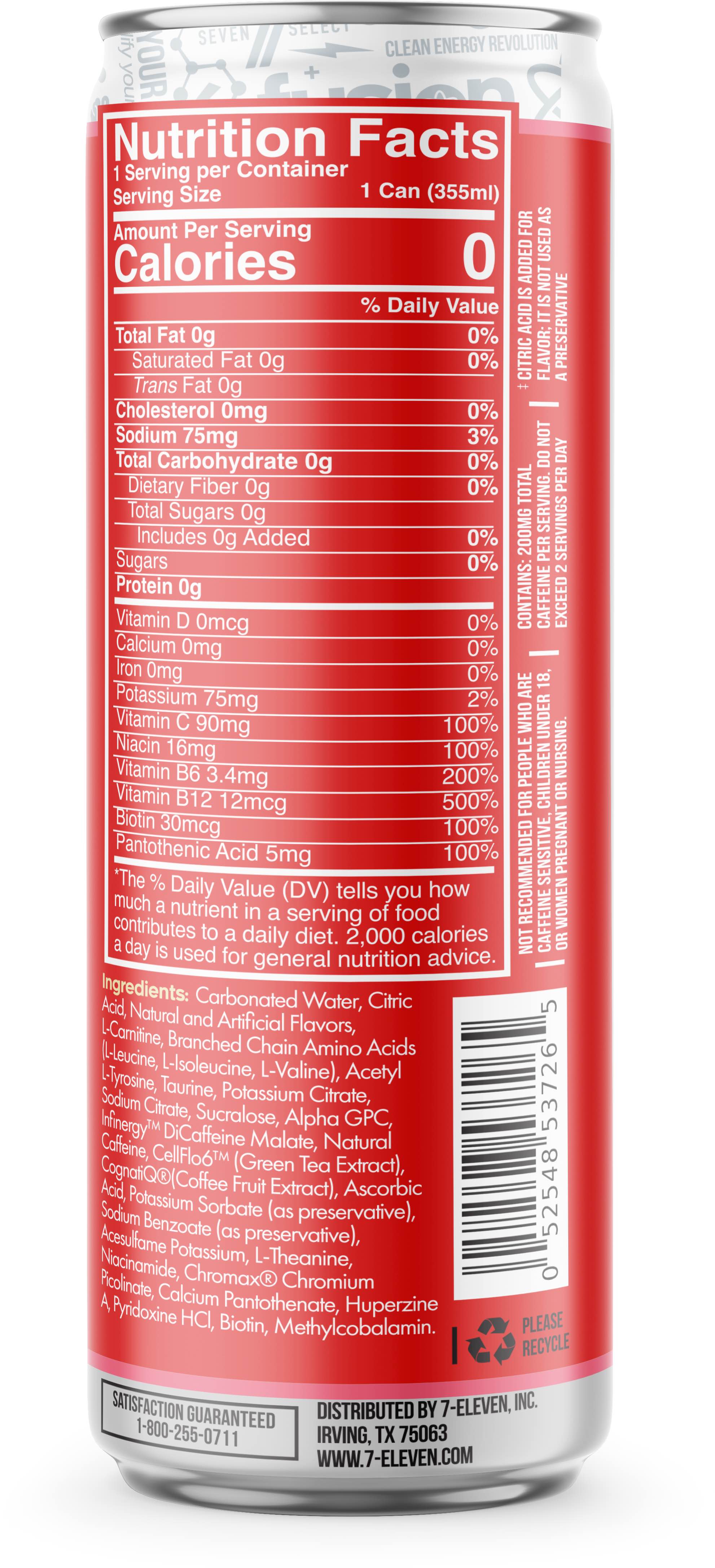
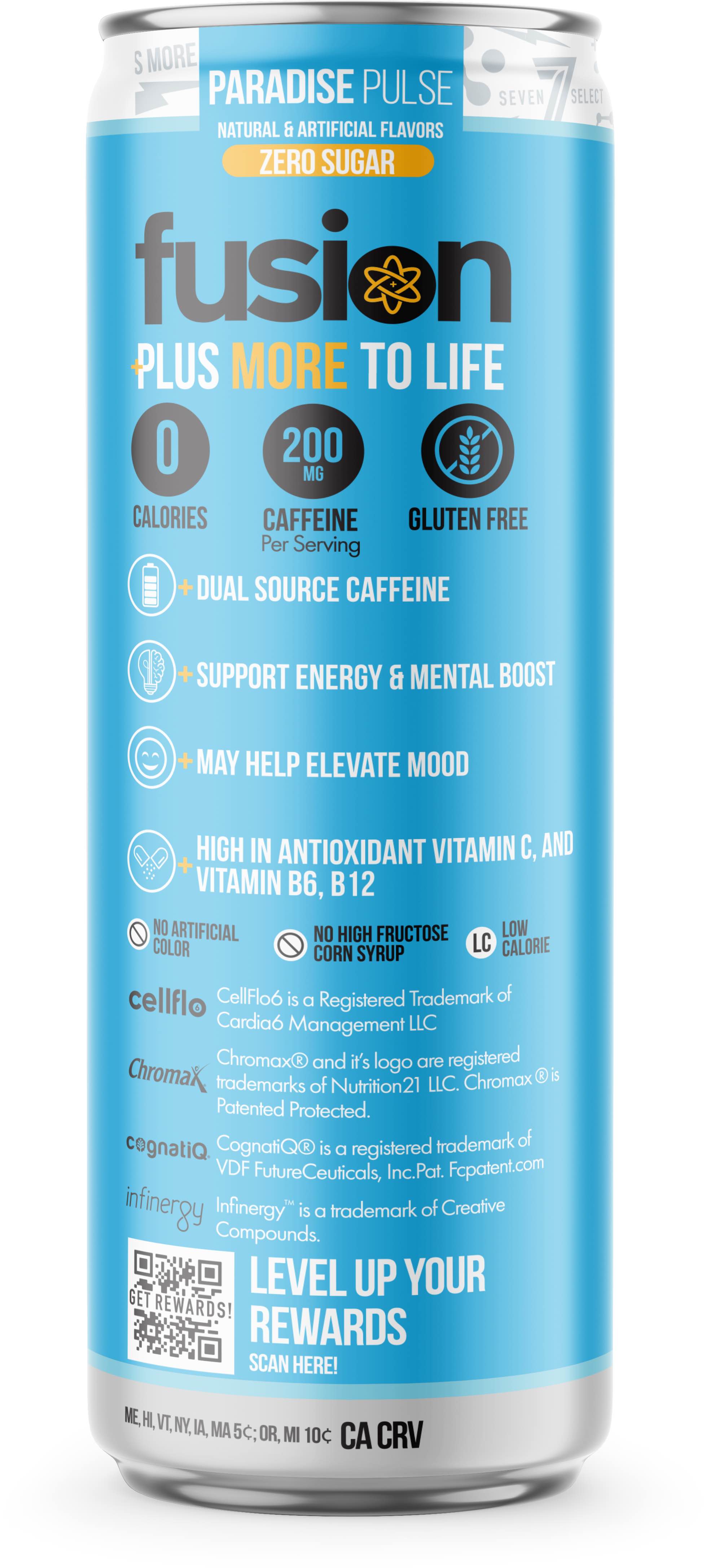
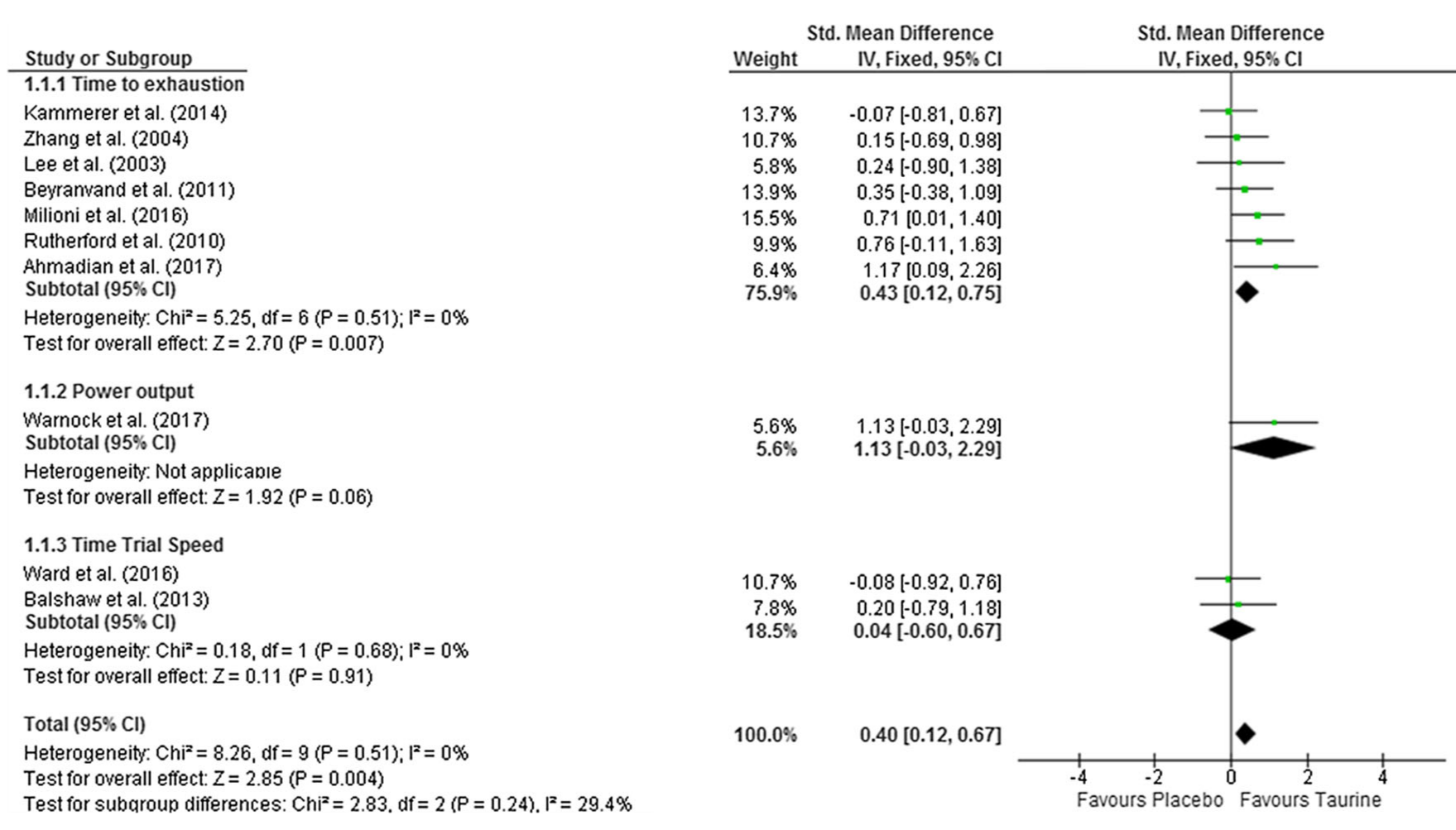
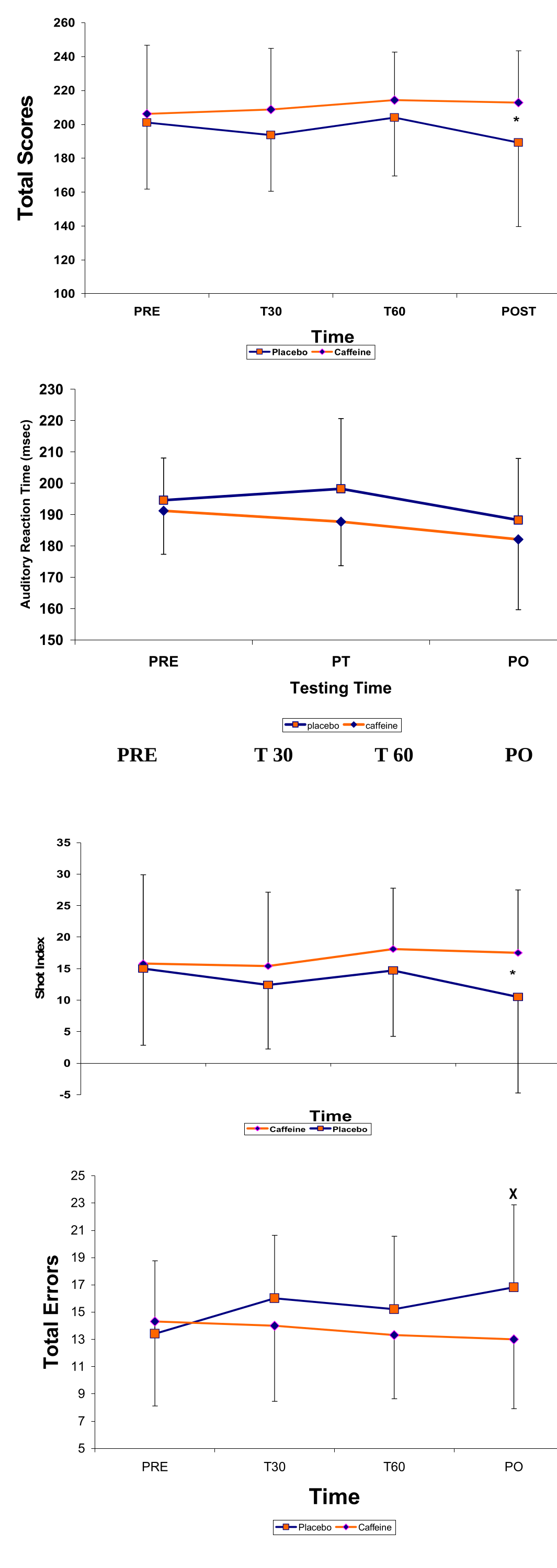

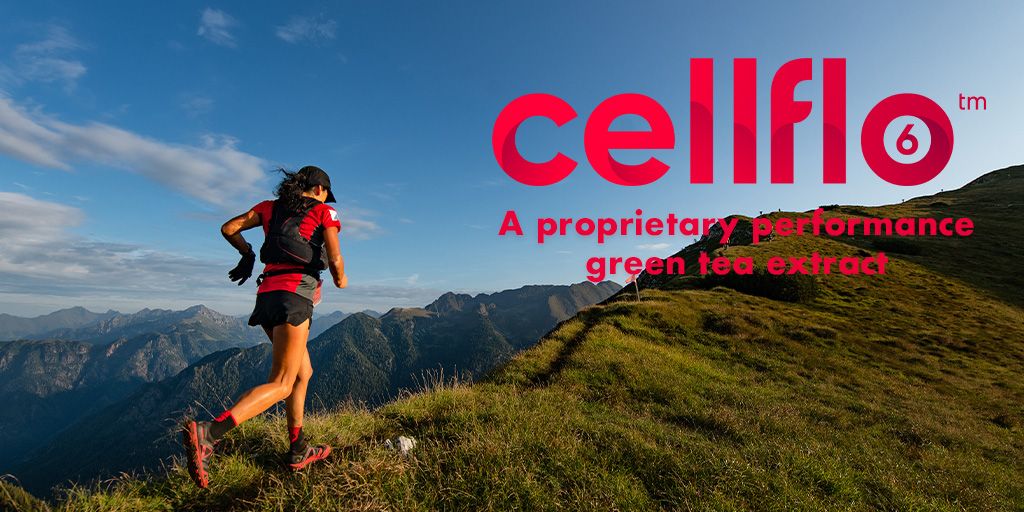
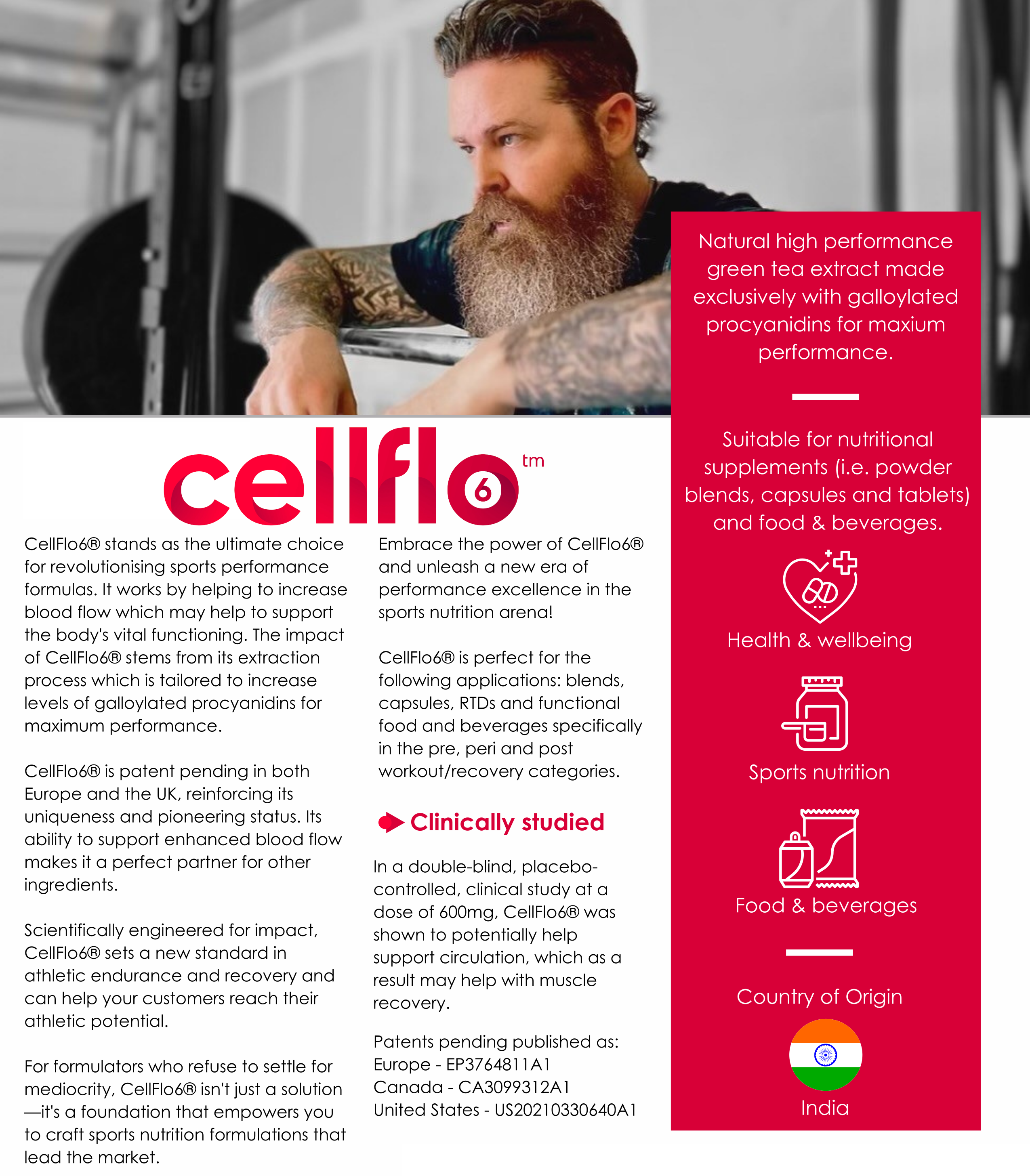
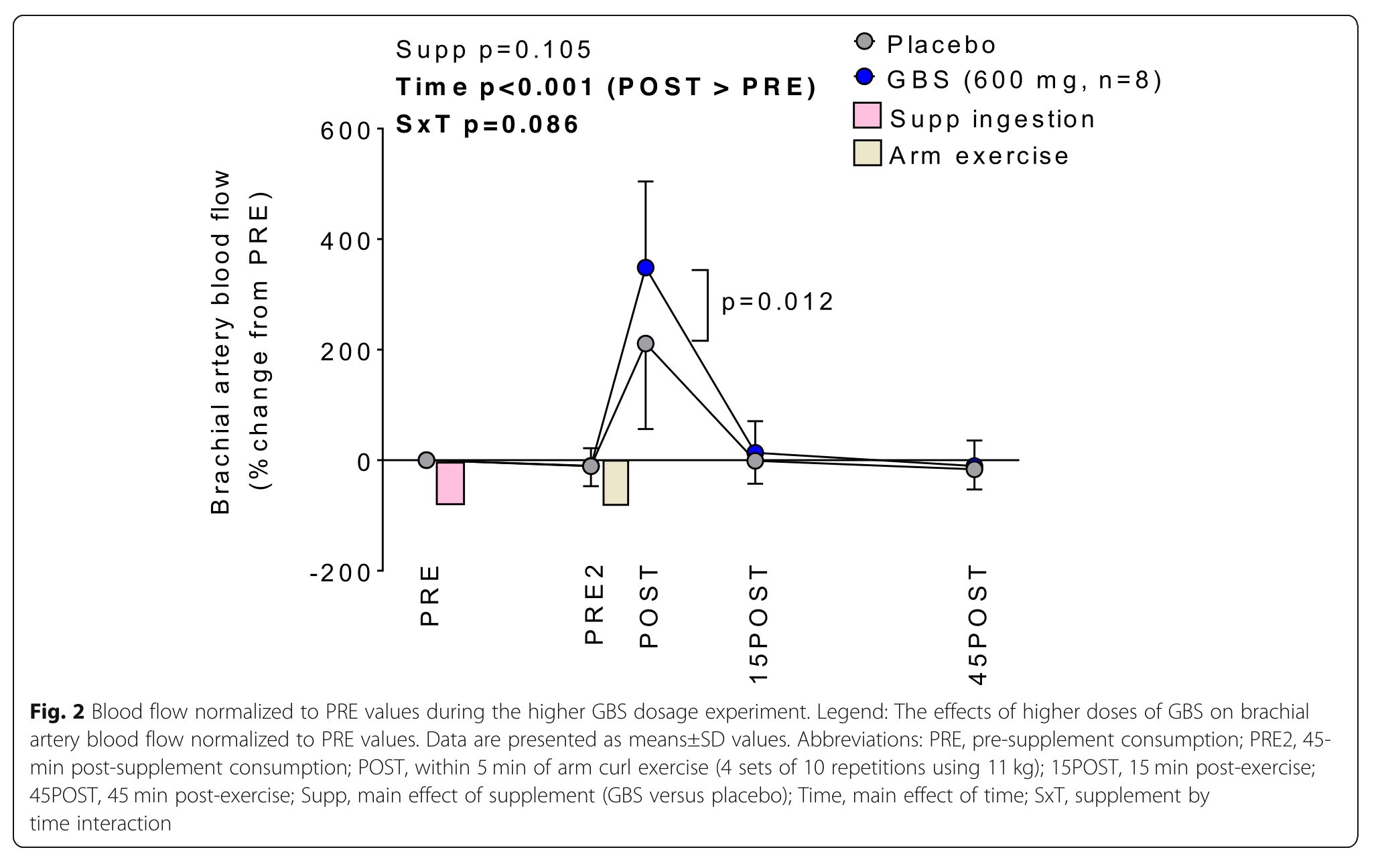
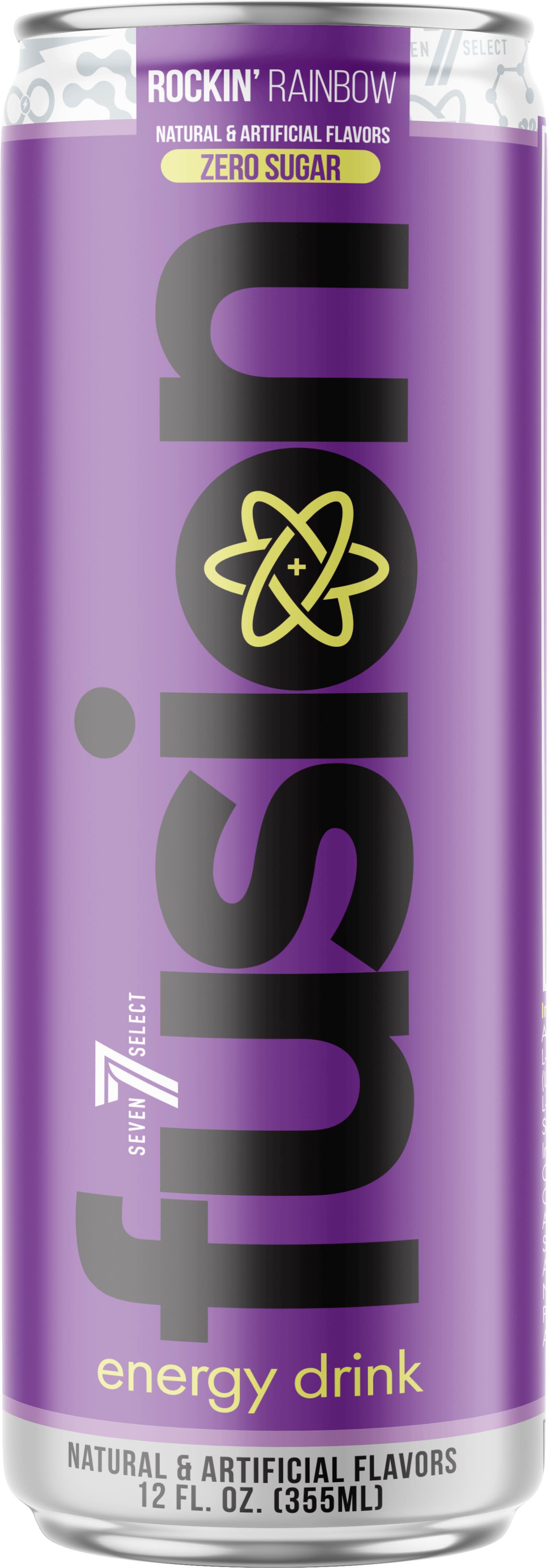
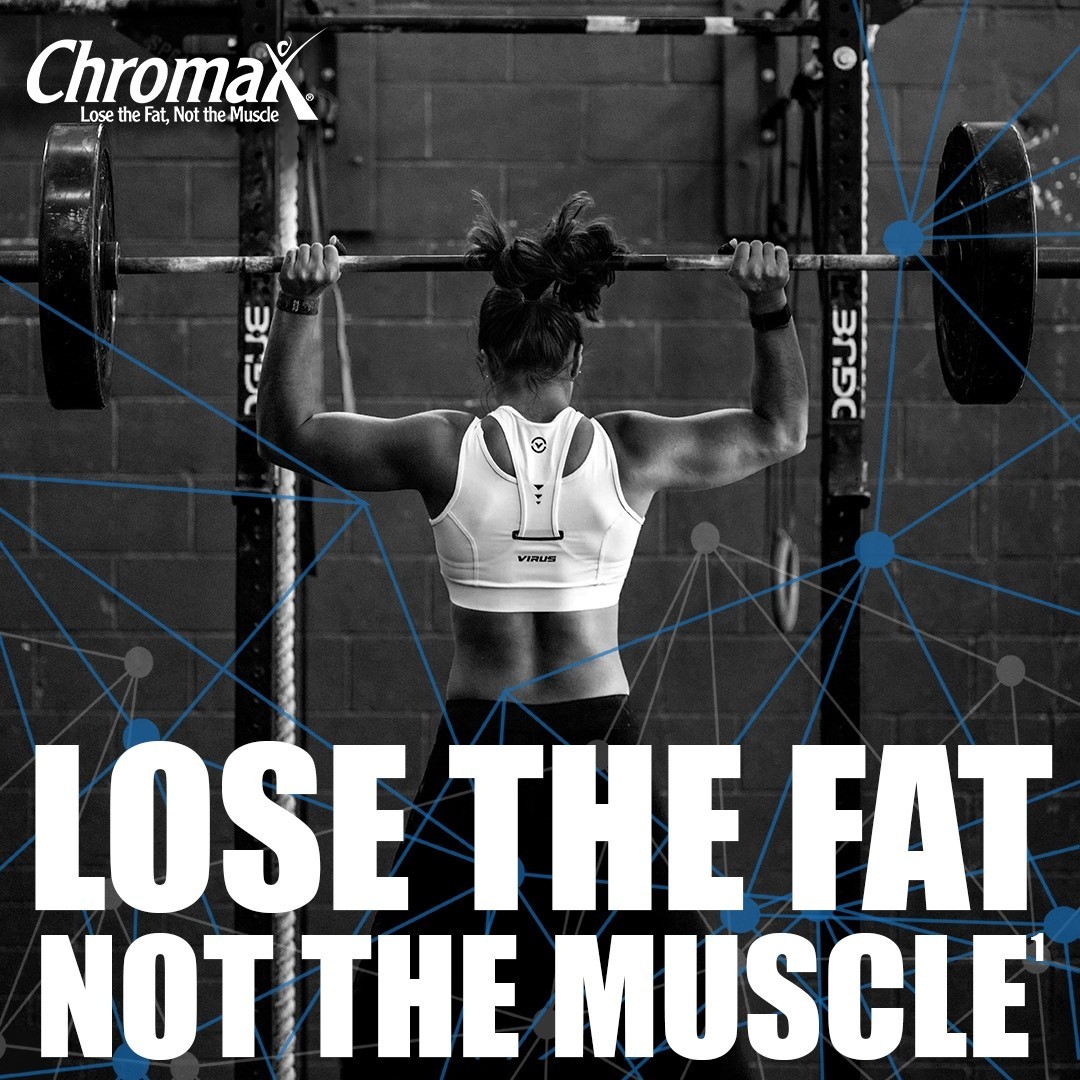
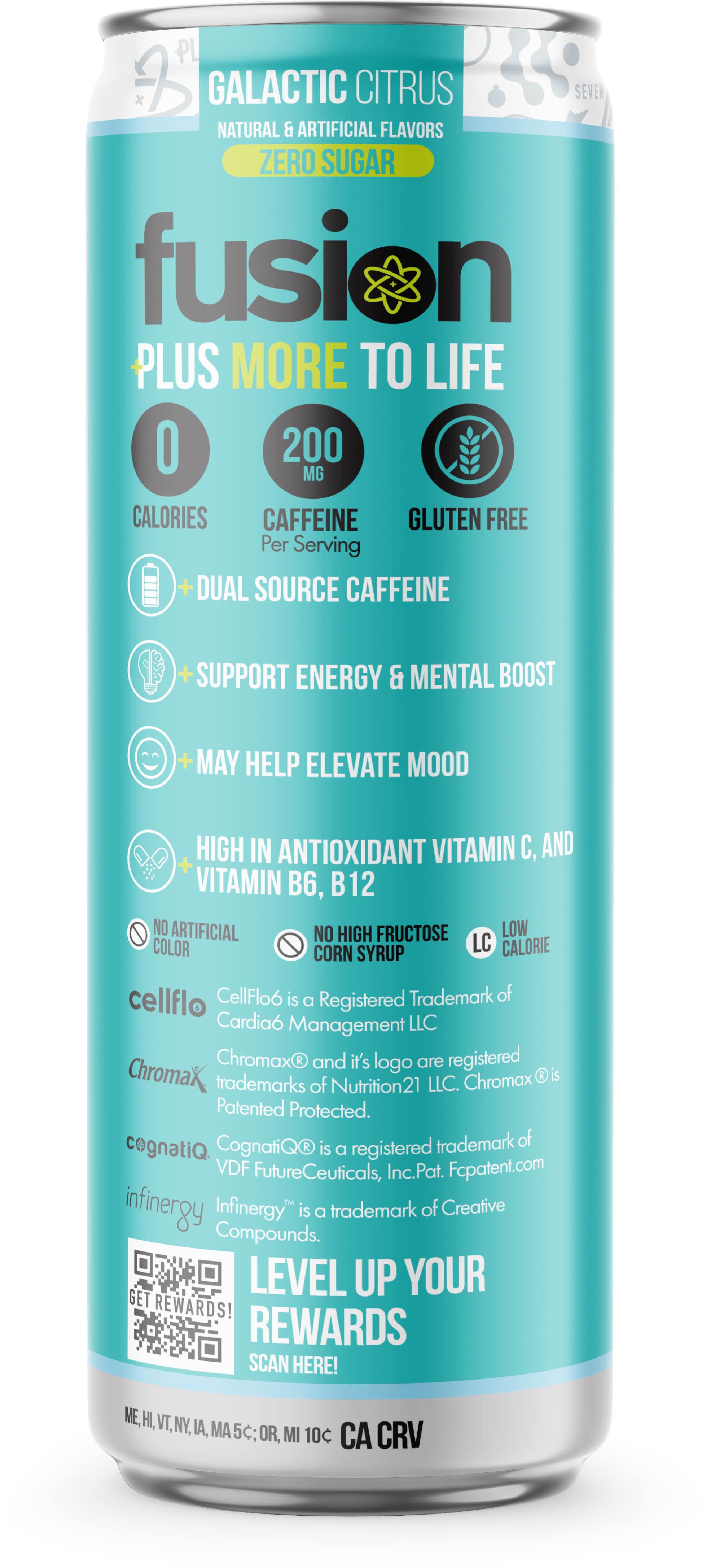
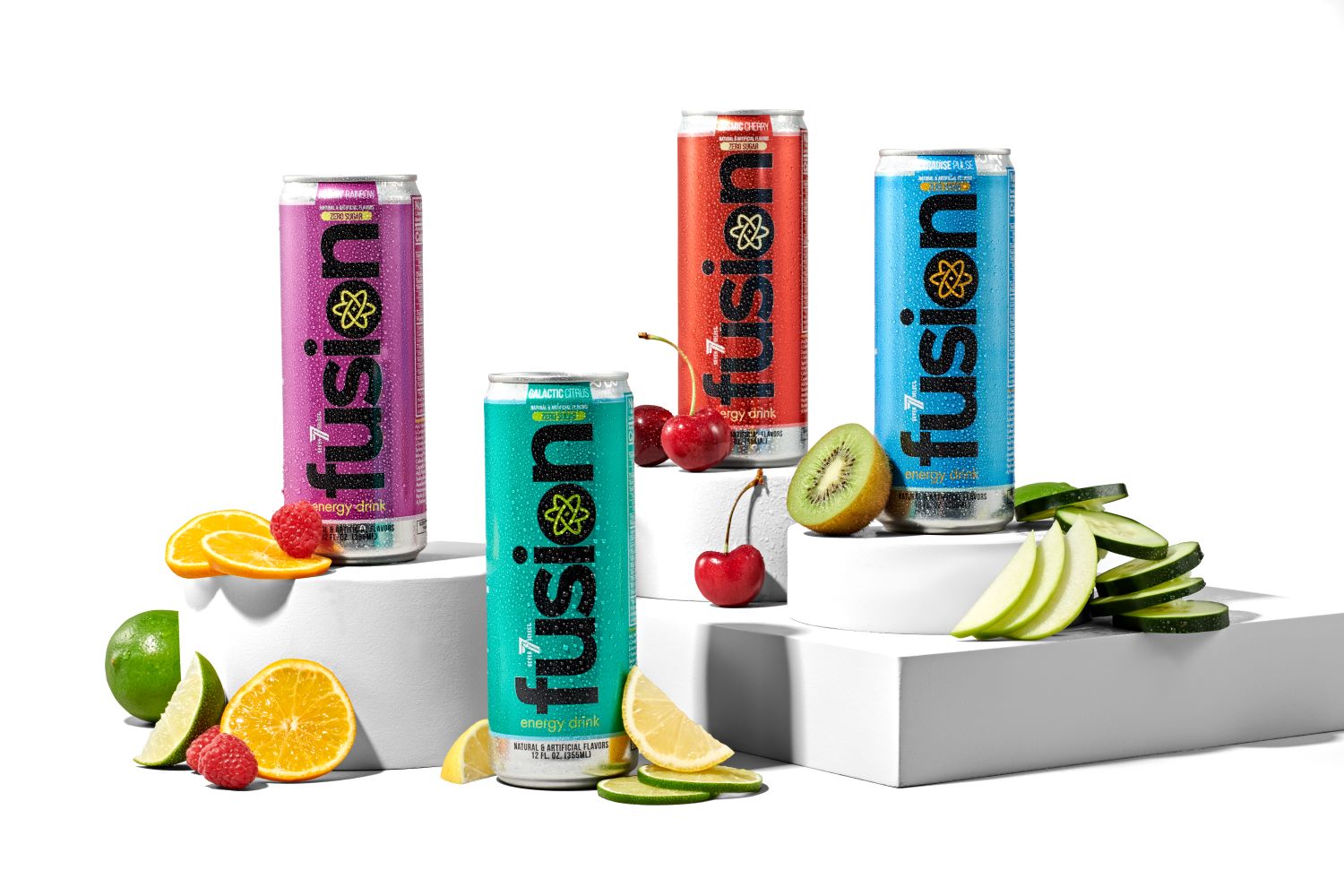
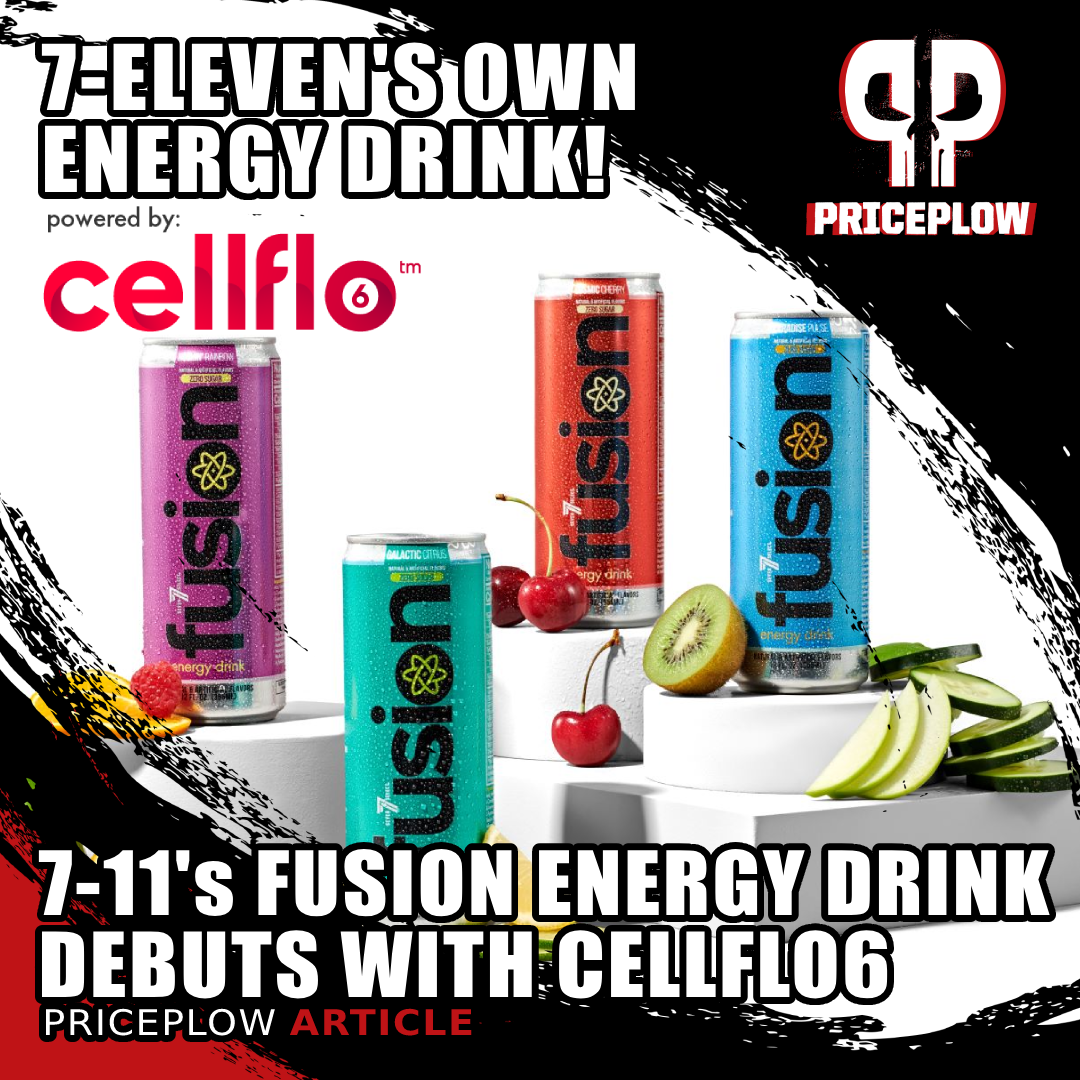


Comments and Discussion (Powered by the PricePlow Forum)